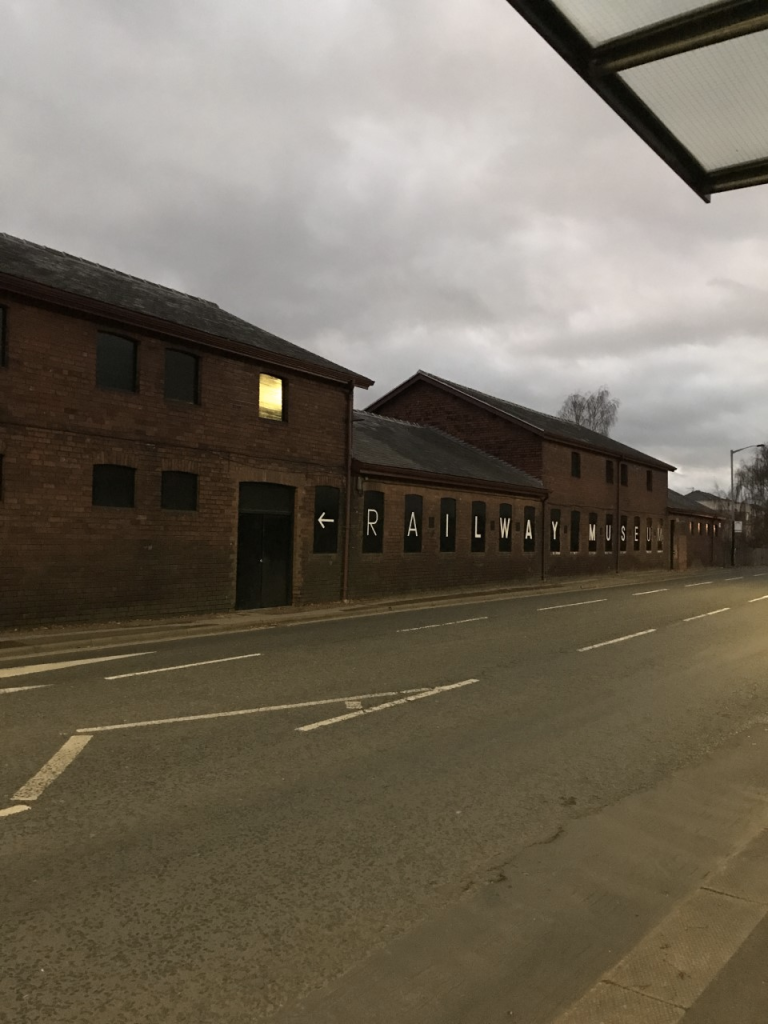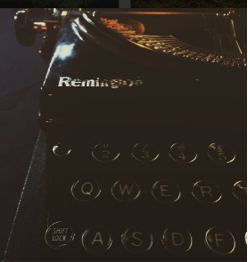As part of our ongoing series about work placements and public history, second-year HCC student Jack Leather reflects on one of his favourite memories of his time with the National Railway Museum.
During my time on placement at the National Railway Museum there was one exhibit on display that continually caught my attention and has made me interested about the First World War from a different angle I had not considered before. This exhibit was about hospital trains and their usage throughout the First World War in transporting soldiers all across Britain when they had to come home for treatment.
I found the exhibit fascinating. Firstly, in the respect of what I was able to learn about ambulance trains. Secondly, now with the knowledge of how much work goes into maintaining archives, I have been able to gain such a level of respect for the industry in how the museum was able to put together such a thought-provoking exhibit.
The exhibit itself consisted of a train carriage which had been re-purposed by the team at the museum to look and show to visitors what an ambulance train during the First World War was like, this ultimately made the exhibit immersive and full credit has to go to the team at the museum for creating such an authentic carriage. Also, on the walls surrounding the carriage was a range of statistics, diary entries, letters, etc. These all helped to explain the importance of ambulance trains during the First World War, not just on a scale in numbers, but also at a personal level with diary entries showing how greatly some soldiers appreciated the treatment they received whilst aboard these trains.
Whilst my placement was solely focused on working in the archives at the museum, I still got a chance to take in everything the museum does and to appreciate how much work goes into each and everyone of their displays. Without the work of archives and museums I don’t believe that I would have been able to find out about such interesting parts of history that I would never have considered before. Personally, I have always been interested in the First World War but this sort of exhibit has allowed me to be able to learn more about the impact of the war at home and on a personal level through the soldiers and their experiences.
What interests me even more is knowing that there are so many more parts of history that most people are probably unaware of, such as the ambulance trains, that are just waiting to be uncovered. This thought is something that ultimately drives me in why I enjoy history so much, the thought of finding out something completely unseen before and being the first person to do so. In my opinion, I fell that is what makes working in history so fascinating.
Unfortunately, the exhibit was taken down during my last week on placement at the museum but I am sure I will be going back at some point to visit and learn about whichever part of history they choose to uncover next.




